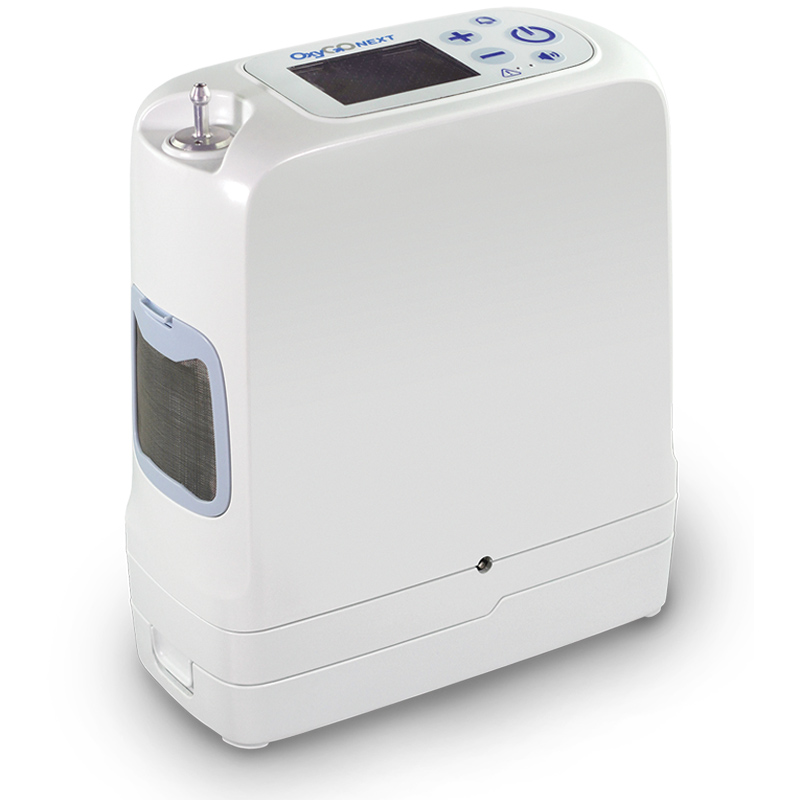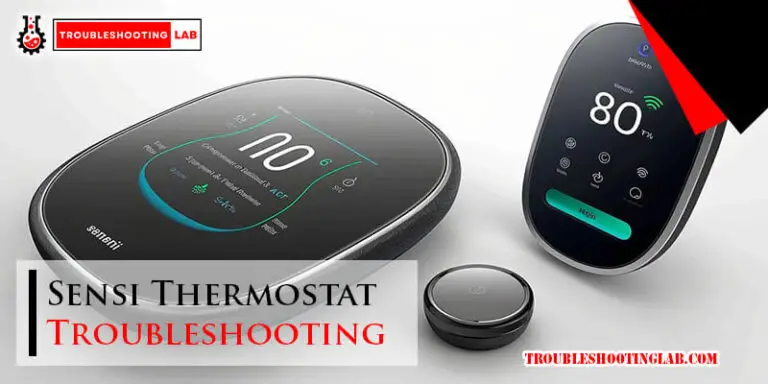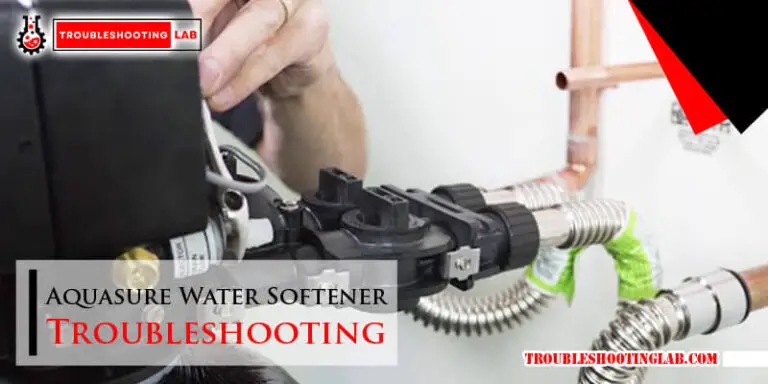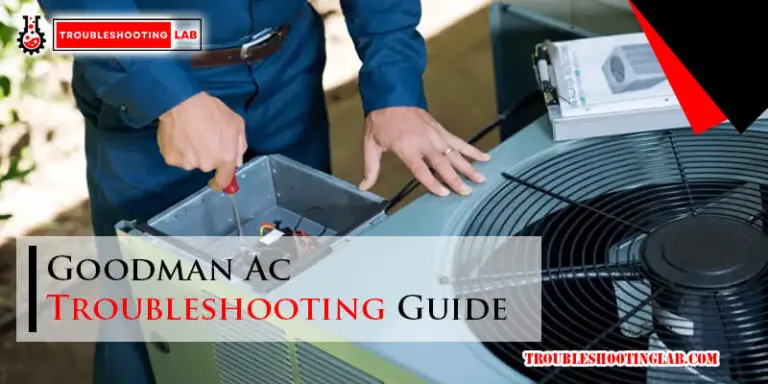Oxygo Next Troubleshooting: Quick Fixes for Common Issues
For accurate troubleshooting of the Oxygo Next, ensure the air intake vents are clean and unobstructed. Obstructed airflow can cause internal heat buildup, leading to the unit shutting down.
Additionally, check for any kinks in the oxygen tubing and nasal cannula, which can restrict airflow, and replace them if necessary. Oxygo Next is a reliable portable oxygen concentrator that provides freedom and independence for individuals requiring oxygen therapy. However, like any electronic device, it may encounter issues that require troubleshooting.
Understanding how to address common problems with the Oxygo Next can ensure uninterrupted access to vital oxygen therapy. This guide provides practical solutions to troubleshoot the Oxygo Next and addresses common issues that users may encounter. By following these troubleshooting steps, users can maintain the optimal functionality of their Oxygo Next and enjoy the benefits of portable oxygen therapy without interruption.
Identifying Common Oxygo Next Issues
Easily troubleshoot common Oxygo Next issues by checking for kinks in tubing and nasal cannula. Reset the concentrator if needed, ensuring vents are clean for optimal performance. Keep your device cool to prevent overheating and contact the provider for further assistance if problems persist.
Indicator Lights And Meanings
When troubleshooting your Oxygo Next, pay attention to the indicator lights, as they provide important information.
- Green Light: Indicates normal operation, showing that the device is functioning properly.
- Yellow Light: Signals a potential issue, such as restricted airflow. Check tubing and nasal cannula for obstructions.
- Red Light: Indicates a critical problem that requires immediate attention. Refer to the user manual for specific instructions.
Alarm Sounds And Alerts
Understanding the alarm sounds and alerts on your Oxygo Next is crucial for troubleshooting.
- Continuous Beeping: Indicates a serious issue like low battery or system malfunction.
- Intermittent Beeping: Signals a warning or reminder, such as low oxygen levels or a change in settings.
- High-Pitched Beeping: Warns of a critical situation that requires immediate action.
By familiarizing yourself with these common Oxygo Next issues, you can efficiently troubleshoot and resolve any problems that may arise.
Initial Quick Checks
For troubleshooting the Oxygo Next, start with initial quick checks. Ensure the oxygen tubing and nasal cannula are unobstructed, and the air inlet and outlet vents are clean. If the issue persists, refer to the user manual or contact your equipment provider for assistance.
Initial Quick Checks:
If you are experiencing issues with your Oxygo Next portable oxygen concentrator, there are a few quick checks you can perform to troubleshoot the issue. These initial quick checks can help identify the root of the problem and determine if further action is necessary. Let’s take a look at some of the common quick checks that can be performed.
Power Source Verification:
The first step in troubleshooting your Oxygo Next device is to ensure that it is receiving power. Check to ensure that the power cord is securely plugged into the device and the power outlet. If the device is not turning on, try plugging it into a different outlet or try a different power cord. If the device still does not turn on, it may be a battery issue.
Battery Health Assessment:
Another common issue with portable oxygen concentrators is battery failure. If your device is not turning on or is turning off unexpectedly, it may be a battery issue. To check the battery health, turn off the device, remove the battery, and inspect it for any visible damage or corrosion. If the battery appears to be in good condition, use a multimeter to check the voltage. If the voltage is below the recommended level, it may be time to replace the battery.
In conclusion, performing initial quick checks can help diagnose the issue with your Oxygo Next portable oxygen concentrator. If these checks do not resolve the issue, it may be necessary to seek professional assistance. Remember to always follow the manufacturer’s guidelines and instructions when troubleshooting your device.
Resolving Airflow Problems
If you are experiencing airflow problems with your Oxygo Next portable oxygen concentrator, there are a few troubleshooting steps you can take to address the issue. Resolving airflow problems is crucial for ensuring that the device delivers the necessary oxygen to the user effectively. Below, we outline the steps you can take to identify and resolve airflow problems with your Oxygo Next.
Inspecting Tubing And Cannula
One of the first steps in troubleshooting airflow problems with your Oxygo Next is to inspect the tubing and cannula for any issues that may be obstructing the airflow. This can involve checking for kinks, twists, or blockages in the tubing, as well as ensuring that the cannula is properly connected and free from any obstructions.
Clearing Obstructed Vents
Another common cause of airflow problems with the Oxygo Next is obstructed vents. To address this issue, carefully inspect the device for any blockages in the air inlet and outlet vents. Clearing any obstructions from these vents can help to restore proper airflow and ensure that the device functions as intended.
Temperature And Environment Factors
When troubleshooting the Oxygo Next, it’s important to consider temperature and environmental factors that can impact its performance. Operating the device within the recommended temperature range and ensuring optimal air intake are crucial for its functionality.
Operating Temperature Guidelines
The Oxygo Next operates most effectively within a specific temperature range. Extreme temperatures can affect the device’s performance, so it’s important to adhere to the following guidelines:
| Temperature | Guidelines |
|---|---|
| Operating Temperature | 50°F to 104°F (10°C to 40°C) |
| Storage Temperature | -4°F to 140°F (-20°C to 60°C) |
Positioning For Optimal Air Intake
Proper positioning of the Oxygo Next ensures optimal air intake, which is vital for its performance. Here are some important factors to consider:
- Ensure that the device is placed in a well-ventilated area with unobstructed air intake and exhaust vents.
- Avoid placing the device near heat sources or in direct sunlight, as this can impact its internal temperature.
- Regularly check and clean the air intake and exhaust vents to prevent blockages that can hinder the device’s functionality.
Battery And Power Troubles
When it comes to the performance of your Oxygo Next, ensuring that the battery and power systems are functioning optimally is crucial. Here are some troubleshooting steps to address common battery and power-related issues.
Reinserting The Battery
If you encounter power issues with your Oxygo Next, the first step is to reinsert the battery to ensure a secure connection. Follow these steps to reinsert the battery:
- Turn off the Oxygo Next and remove the battery.
- Inspect the battery and the battery compartment for any debris or damage.
- Clean the battery and the compartment if necessary.
- Insert the battery securely into the compartment.
- Turn on the Oxygo Next and check if the power issue is resolved.
Charging Issues And Solutions
If you encounter difficulties with charging your Oxygo Next, consider the following solutions:
- Ensure that the power outlet and charging cable are functioning properly.
- Inspect the charging port on the Oxygo Next for any obstructions or damage.
- Try using a different charging cable or power adapter to rule out potential issues with the accessories.
- Verify that the battery is inserted correctly and securely for charging.
- Reach out to customer support if the charging issue persists for further assistance.

Credit: oxygo.life
Using The My Oxygo App
The My OxyGo app is a powerful tool that allows users to monitor their oxygen levels remotely and troubleshoot any issues that may arise with their OxyGo Next portable oxygen concentrator. The app provides real-time data and notifications, giving users peace of mind and the ability to address any concerns promptly.
App Connectivity Issues
When encountering app connectivity issues, it’s essential to ensure that the OxyGo Next device and the smartphone or tablet are within close proximity and have a strong and stable internet connection. Check that the Bluetooth feature is enabled on both devices and that the app is updated to the latest version. Additionally, restarting both the OxyGo Next device and the mobile device can often resolve connectivity issues.
Monitoring Oxygen Levels Remotely
Monitoring oxygen levels remotely through the My OxyGo app provides a convenient way to keep track of your health. With the app, users can easily view their oxygen saturation levels, battery life, and device status from a distance. This feature enables users to stay informed and take necessary actions if any irregularities are detected.
Addressing Alarm Signals
Troubleshooting OxyGo Next alarm signals is crucial for uninterrupted oxygen therapy. Check for obstructions, ensure proper battery insertion, and clean the air intake vents to resolve common issues. For persistent problems, contact your equipment provider for assistance.
Addressing Alarm Signals: Understanding Beeps and Lights
The Oxygo Next is a reliable and efficient portable oxygen concentrator that has been designed to provide oxygen therapy on-the-go. However, like any other device, the Oxygo Next may sometimes experience issues that require troubleshooting. One of the most common issues that Oxygo Next users face is the alarm signals. The device has several beeps and lights that indicate different issues, and understanding them is crucial for proper troubleshooting.
Understanding Beeps and Lights
The Oxygo Next has four alarm signals that indicate different issues: low battery, no breath detected, high flow, and system malfunction. The device emits different beeps and flashes different lights to indicate each alarm signal. Here’s a quick breakdown of what each signal means:
– Low battery: The device emits a single beep and flashes a yellow light. This indicates that the battery level is low and needs to be recharged.
– No breath detected: The device emits a continuous beep and flashes a red light. This indicates that the user is not breathing and may require medical attention.
– High flow: The device emits three beeps and flashes a green light. This indicates that the flow rate is set too high and needs to be adjusted.
– System malfunction: The device emits a continuous beep and flashes a red and yellow light. This indicates that there is a malfunction in the system and requires troubleshooting.
When to Contact Customer Care
In most cases, troubleshooting alarm signals can be done without contacting customer care. However, there are instances where contacting customer care is necessary. Here are some situations where you should contact customer care:
– The alarm signal persists even after troubleshooting.
– The device emits a different sound or light pattern than what is indicated in the user manual.
– The device has physical damage or has been exposed to extreme conditions.
If you need to contact customer care, make sure to have your device’s serial number and purchase information ready. The customer care team will provide you with further instructions on how to troubleshoot and resolve the issue.
In conclusion, understanding the Oxygo Next’s alarm signals is crucial for troubleshooting issues that may arise. By knowing what each beep and light indicate, you can quickly and easily troubleshoot the device. However, if the issue persists or the device has physical damage, contacting customer care is the best course of action.
Preventive Maintenance Tips
Proper maintenance is crucial to keep your Oxygo Next in optimal condition. Follow these preventive maintenance tips to ensure smooth operation and longevity of your device.
Routine Cleaning Procedures
- Wipe: Regularly wipe the exterior of the device with a clean, damp cloth to remove dust and debris.
- Filter: Check and clean the air filter as per the manufacturer’s instructions to maintain efficient airflow.
- Cannula: Replace the nasal cannula regularly to prevent blockages and ensure proper oxygen delivery.
Regular Equipment Checks
- Battery: Check the battery status indicator frequently and recharge or replace the battery as needed.
- Connections: Inspect all tubing and connections for leaks or damage, and replace any faulty parts promptly.
- Functionality: Perform regular test runs to ensure all settings and functions are working correctly.
When To Seek Professional Help
If you encounter persistent issues with your Oxygo Next that you are unable to resolve on your own, it may be time to seek professional help. Below are some scenarios that indicate the need for expert assistance:
Service And Repair Contacts
If you are unable to troubleshoot the problem or if the device requires technical expertise, contact authorized service and repair contacts for Oxygo Next. Attempting repairs without proper knowledge can lead to further damage.
Warranty And Replacement Information
If your Oxygo Next is still under warranty and you are facing issues covered by the warranty, it’s advisable to reach out to the manufacturer for repair or replacement guidance. Attempting self-repairs might void the warranty.
Frequently Asked Questions
How Do I Reset My Oxygo Next?
To reset your OxyGo next, first power off the device, then remove and reinsert the battery.
How Do You Fix A Yellow Light On An Oxygen Concentrator?
To fix a yellow light on an oxygen concentrator, check for kinks in the tubing and cannula. Replace them if needed.
How Do You Reset The Oxygen Concentrator?
To reset the oxygen concentrator, first, power it off. Then, unplug it for a few minutes before restarting.
What Causes An Oxygen Concentrator To Stop Working?
An oxygen concentrator may stop working due to system temperature crossing the tolerance range, blocked air intake and outlet vents, or obstructed airflow. Additionally, kinks in tubing or a faulty nasal cannula can restrict airflow and cause a yellow light.
Resetting the device or seeking professional help may be necessary.
Conclusion
To troubleshoot your OxyGo Next effectively, follow the simple steps outlined in this blog. Keep your concentrator well-maintained for optimal performance. Remember to consult the user manual for specific issues. With these tips, you can ensure your OxyGo Next functions smoothly and efficiently.






